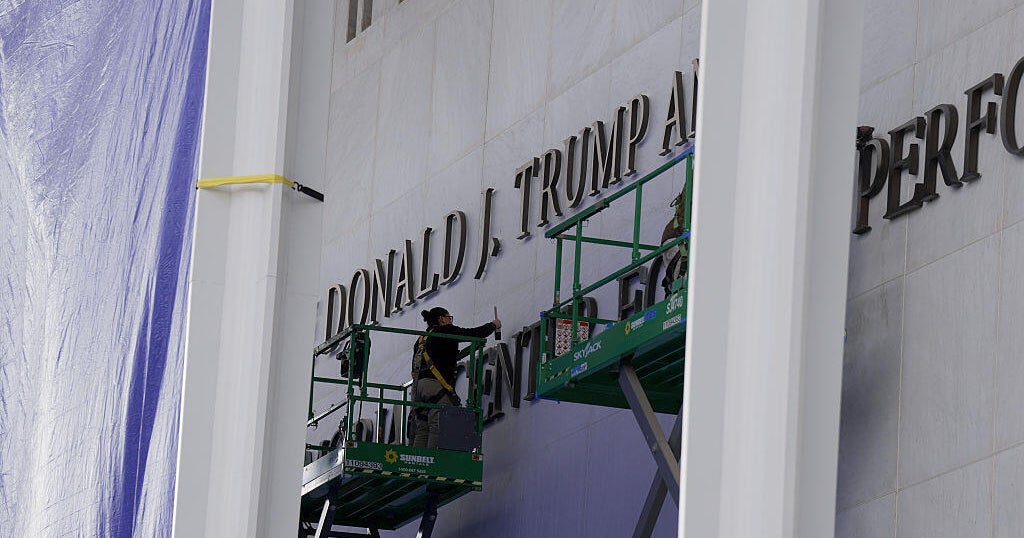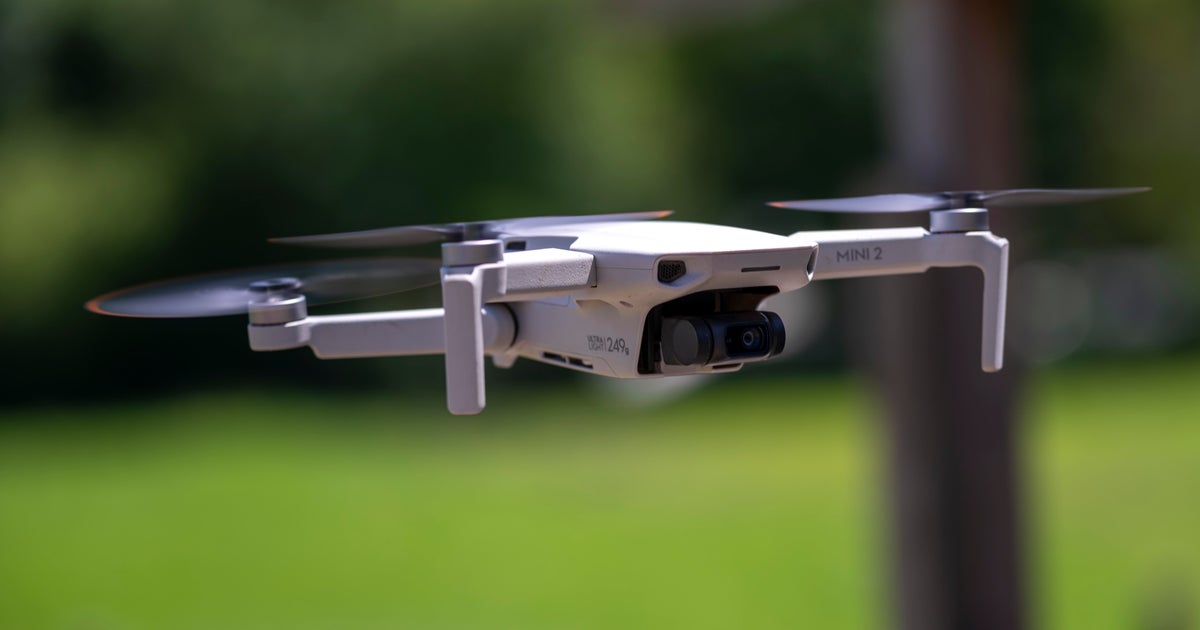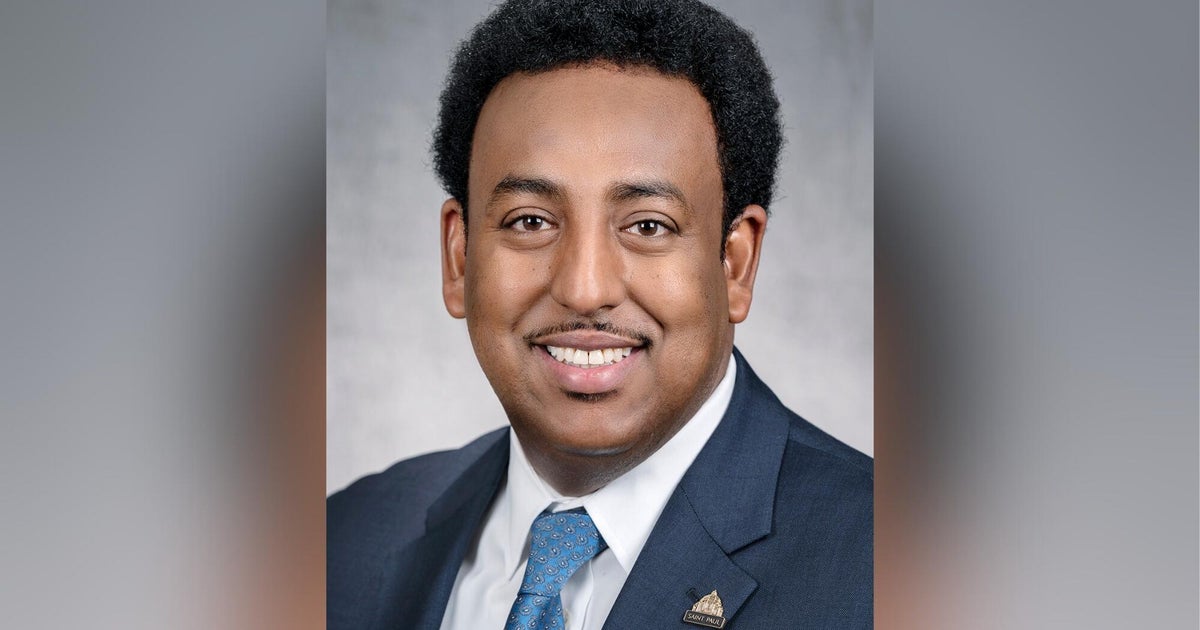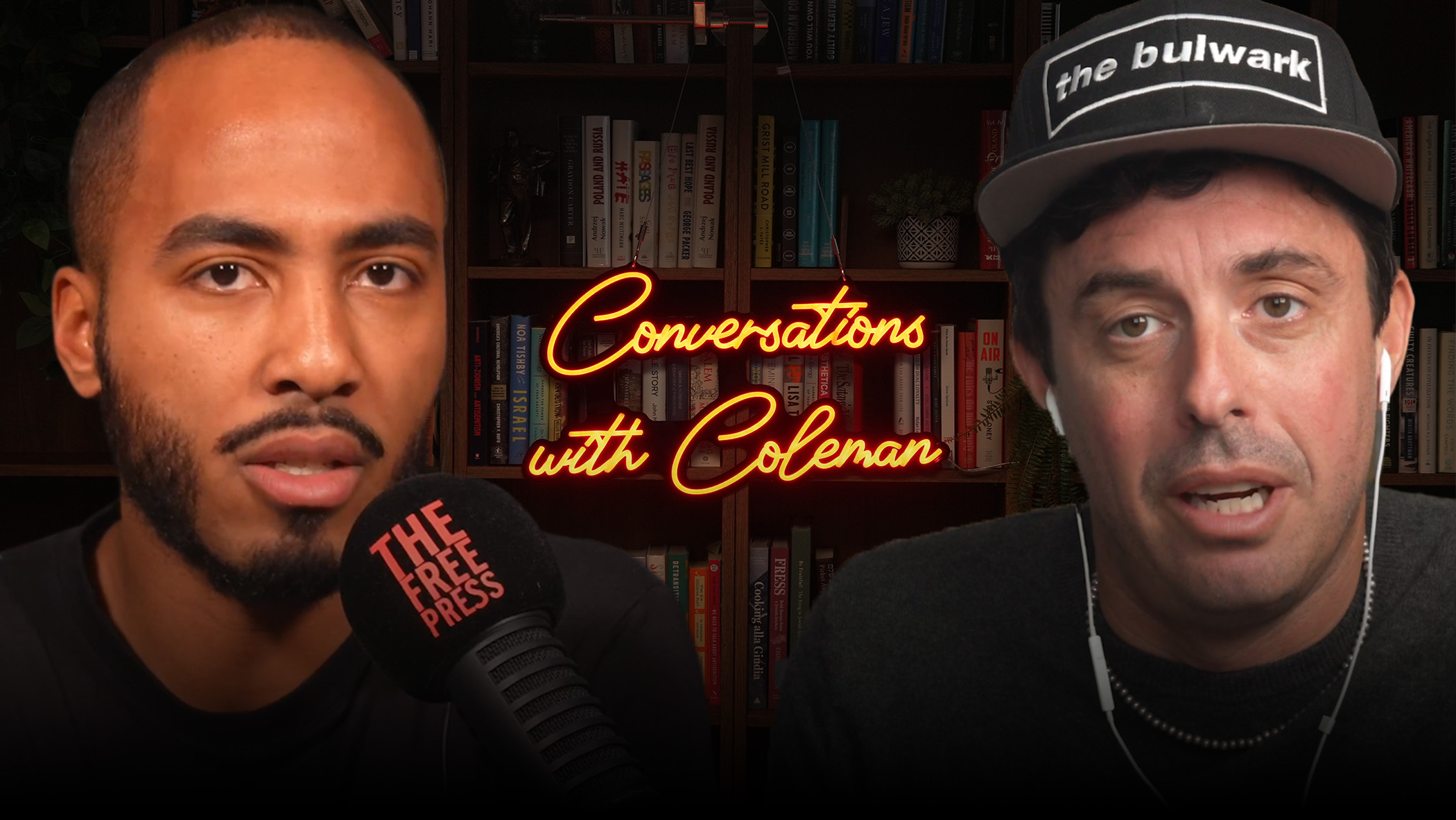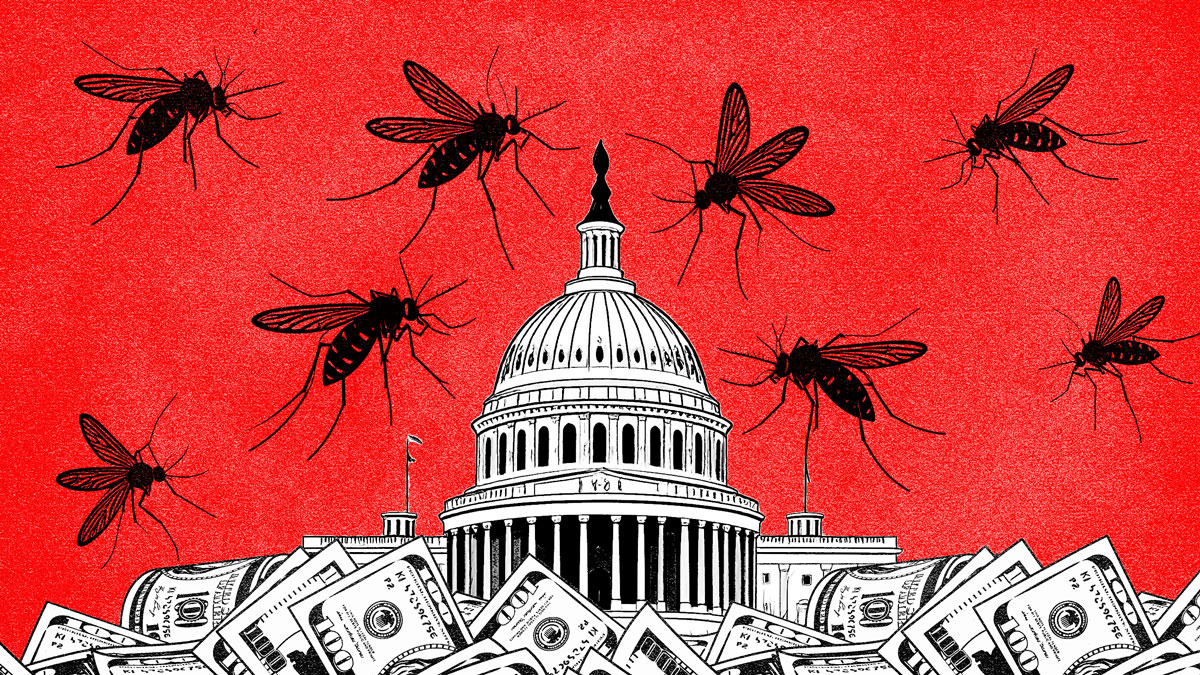Coronavirus crisis puts White House messaging to the test
Washington — After weathering a two-year investigation into Russian meddling in the 2016 election and a five-month long impeachment process, President Trump is facing the most urgent and difficult communications challenge of his presidency with the coronavirus pandemic. Politicians and strategists have been pressing him for cohesive messaging on the crisis as the public looks to the administration to figure out what actions they should be taking in response to the outbreak.
"This is a virus that nobody knows anything about, that no one has ever heard of before, and people don't know how to assess the risk," Alex Conant, a GOP strategist who served as a White House spokesman under President George W. Bush, said. "With these highly contagious, low-mortality diseases, it's so important to have good public communications early, because that's the only way of slowing the spread."
But early on, there were efforts by Mr. Trump to downplay the coronavirus threat, and at times he offered information that contradicted government scientists and doctors. In his first remarks on the coronavirus, in late January, Mr. Trump seemed unconcerned, telling CNBC's Joe Kernen "we have it totally under control. It's one person coming in from China." On Valentine's Day, the president said the number infected in the U.S. was "very small. "It's like around 12. Many of them are getting better," he said. "Some are fully recovered already. So, we're in very good shape."
When this virus is contained, there are sure to be those who think that if the Trump administration had signaled urgency earlier on, the pandemic could have been contained more quickly. There are now more than 60,000 confirmed cases in the U.S. and over 800 fatalities.
"Part of the reason the virus has spread so fast is because of poor government communications around the world," Conant said, "starting with the Chinese regime, but continuing to a lot of western governments who were slow to warn their citizens."
The cracks in the administration's messaging strategy were evident in recent weeks. Many Americans were still going to bars and restaurants, and college students defied coronavirus to interfere with their spring break partying, even as public health officials warned of its severity.
"I think that's part of why you saw a ratcheting up of the rhetoric [last week] — because the administration recognized its messaging efforts were failing," Conant said. It "needed to explain and convince people to embrace social distancing, and give more specific guidance on terms of what employers and businesses should be doing."
What people need, he said, are "facts and actionable information...the two keys to defeating a pandemic."
The administration has put a point man in place — Vice President Mike Pence is leading the White House Coronavirus Task Force. Mr. Trump is also using the powers of his office to deploy resources to hardest hit states.
Mr. Trump shifted his rhetoric last week, saying he views himself as a "wartime" president and issuing stern warnings to Americans about the need to limit their social interactions.
And now, the president has another message, too, one that seems to be in conflict with self-quarantine and social distancing advice. This week, he has said he wants the country "opened up and just raring to go" by Easter, April 12, even as other public health experts warn the coronavirus must be stopped first before the economy can be rebooted.
For now, health officials in the Trump administration are still sending a message of social distancing, and they're now trying harder to reach younger Americans who have shown less concern about the virus. Last week, Dr. Deborah Birx, the White House's coronavirus response coordinator, made a plea to millennials to heed the guidance of public health officials and severely limit their social interactions. Since then, the administration has been working hard to take its message directly to this audience.
Dr. Anthony Fauci, the nation's top infectious disease doctor, appeared last week on Barstool Sports' "Pardon My Take" podcast, where the 79-year-old who has served six presidents spoke with the podcast's colorful co-hosts, PFTCommenter and Big Cat. On Thursday, he'll field questions on the coronavirus alongside Golden State Warriors star Steph Curry on Instagram.
"Communicators need to go where there audiences are," a White House Coronavirus Task Force official said. "Young audiences are brand loyal, so we are seeking out those brands that are most trusted by millennials and Gen Zers."
Birx has also appeared on an episode of the Skimm's "Skimm This" podcast, geared toward young women, and "The Morning Toast," a daily morning show. Surgeon General Jerome Adams was on "The Bobby Bones Show," a nationally syndicated country music morning show, and Cheddar TV, a live streaming financial news network.
The official said the goal of the media blitz is to educate young audiences about the virus, how it can be transmitted and its effects. The administration also aims to inform them about how they can slow its spread.
"While the disease overwhelmingly affects the elderly and those with serious underlying conditions, it is critical that young Americans recognize that their actions not only impact them and their immediate peer groups, but also their loved ones," the task force official said.
The Trump administration has also launched a campaign called "15 Days to Slow the Spread," which outlines steps Americans can take to limit the spread of the coronavirus, and has partnered with major media companies, including ViacomCBS, for PSAs to educate the public about the illness.
In addition to the media outreach, the White House Coronavirus Task Force has held near-daily briefings with the press, which include its members and other government officials. Mr. Trump often appears and fields questions from reporters, too, though that has at times led experts like Fauci to clear up inaccurate information.
White House spokesman Judd Deere rebuffed criticisms about the White House's communications strategy, saying that "while it might be easy to offer false commentary that is only meant to spread fear, this White House has been working around the clock to protect all Americans from the coronavirus."
"Many in the media, who are now attacking the administration's response, repeatedly downplayed the seriousness of the outbreak early on," he said in a statement. "As President Trump said, we are using the full power of the federal government and the private sector, and he has no higher priority than the health and safety of the American people."
Deere said the president has "brought together government and private industry for unprecedented collaboration to curb the spread of the virus, expand testing capacities, and expedite vaccine development."
The White House has also used different terms to refer to the coronavirus. For awhile, over several days recently, Mr. Trump was calling it the "Chinese virus" in an effort to tie the deadly illness to China, where the outbreak originated. And it also goes by "COVID-19" and has also been called the "Wuhan coronavirus" by officials.
It's not the first time there's been confusion over a global pandemic. It occurred in 2009, as the Obama administration confronted the H1N1 pandemic. Then, the pork industry took a hit as many Americans referred to the illness as "swine" flu, though it was not transmissible through pork. In response, federal agencies began referring to the flu as "H1N1."
But Mike McCurry, former White House press secretary under President Bill Clinton, said at this stage, most Americans know about the coronavirus and where it originated.
"I don't think it matters how we call it by name," he said.
Mr. Trump seemingly agreed, telling Fox News on Tuesday when asked why he stopped using the "Chinese virus" moniker that "everyone knows it came out of China, but I decided we shouldn't make more of a big deal of it."
The president also seemed aware that some were unfairly blaming people of Asian descent for the pandemic, and he defended them during Monday's coronavirus briefing.
"It is very important that we totally protect our Asian-American community in the United States and all around the world," Mr. Trump said. "They're amazing people and the spreading of the virus is not their fault in any way, shape or form."
For McCurry, one issue for the Trump administration lies with the president's desire to serve as the lead communicator of the government's strategy.
"Keep the experts and scientists out there," he said. "Keep Trump to a minimum."
McCurry also cautioned for the days and weeks ahead, as the administration considers its next steps in addressing the virus, "really smart and effective public communication strategies" will be crucial.
"The real problem is keeping the president off the air and using him sparingly and only when necessary," McCurry said. "I just think that's probably impossible. He wants to be the singular spokesman everyday but he mostly makes matters worse, and there is no one to tell him to knock it off. It really is a pretty pathetic moment in the sweep of presidential leadership history."
Sara Cook contributed to this report.
